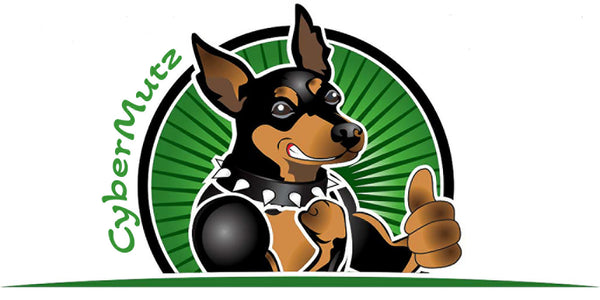
Raw vs. Cooked Diet: Which One is Safer for Your Pup?
Share
Raw vs. Cooked Diet: Which One is Safer for Your Pup?
Meta Description: Considering a raw or cooked diet for your dog? Learn the pros and cons of each, and which feeding method offers the safest and most nutritious path for your pup’s health.
🥩 What’s the Raw Dog Diet?
The raw food diet, often called the BARF diet (Biologically Appropriate Raw Food), is designed to mimic what dogs’ ancestors might have eaten in the wild. This typically includes raw meat, organ meats, raw bones, eggs, and select dog-safe fruits and vegetables. Supporters of this diet appreciate its unprocessed nature and the nutritional punch it can offer when properly balanced.
However, it comes with potential downsides. Improperly handled or unbalanced raw diets can pose serious health risks, including bacterial contamination and nutritional deficiencies.
🍲 What’s a Cooked Dog Diet?
A cooked diet is made from gently cooked, whole foods—either prepared at home or purchased from fresh dog food companies. These diets use ingredients like lean meats, cooked grains (such as rice or quinoa), steamed vegetables, and essential supplements when necessary.
Cooking removes harmful bacteria, making this option generally safer for the average pet owner. It also provides consistency and makes it easier to tailor recipes to your dog’s specific needs with veterinarian guidance.
🐾 Raw vs. Cooked: What’s the Safer Choice?
If you’re new to feeding homemade meals or have concerns about food safety in your household (especially with kids, seniors, or immune-compromised individuals), a cooked diet is often the safer and more practical option. It reduces the risk of salmonella or listeria and still offers excellent nutrition when done right.
That said, raw diets—when carefully planned and monitored—can benefit some dogs. But you’ll need to work with a veterinary nutritionist to ensure your dog receives all the vital nutrients, including calcium, phosphorus, and omega-3s.
🩺 Common Mistakes to Avoid
Whether you choose raw or cooked, here are some key pitfalls to avoid:
-
Feeding only muscle meat without organ meat or bone, leading to imbalance
-
Skipping essential supplements like taurine, fish oil, or vitamin E
-
Not rotating protein sources, which can cause nutrient gaps
-
Failing to follow strict hygiene practices—especially for raw feeders
Always consult your vet or a canine nutritionist before switching diets, especially for dogs with sensitivities or medical conditions.
🐶 Final Thoughts: Which Should You Choose?
The best diet depends on your dog’s individual needs, your lifestyle, and your comfort level with food handling and preparation.
-
If you’re looking for convenience and peace of mind, cooked diets win out.
-
If you’re ready to invest time in research and careful prep, raw feeding can be a good fit.
-
Not interested in cooking? Fresh dog food services that follow veterinary guidelines offer the best of both worlds.
No matter your choice, monitor your dog’s energy, coat, digestion, and overall behavior to ensure the diet is truly supporting their health.
🌟 Bonus Tip: Pair your dog’s nutrition with high-quality enrichment tools and accessories from CyberMutz—because health and happiness go paw in paw!
